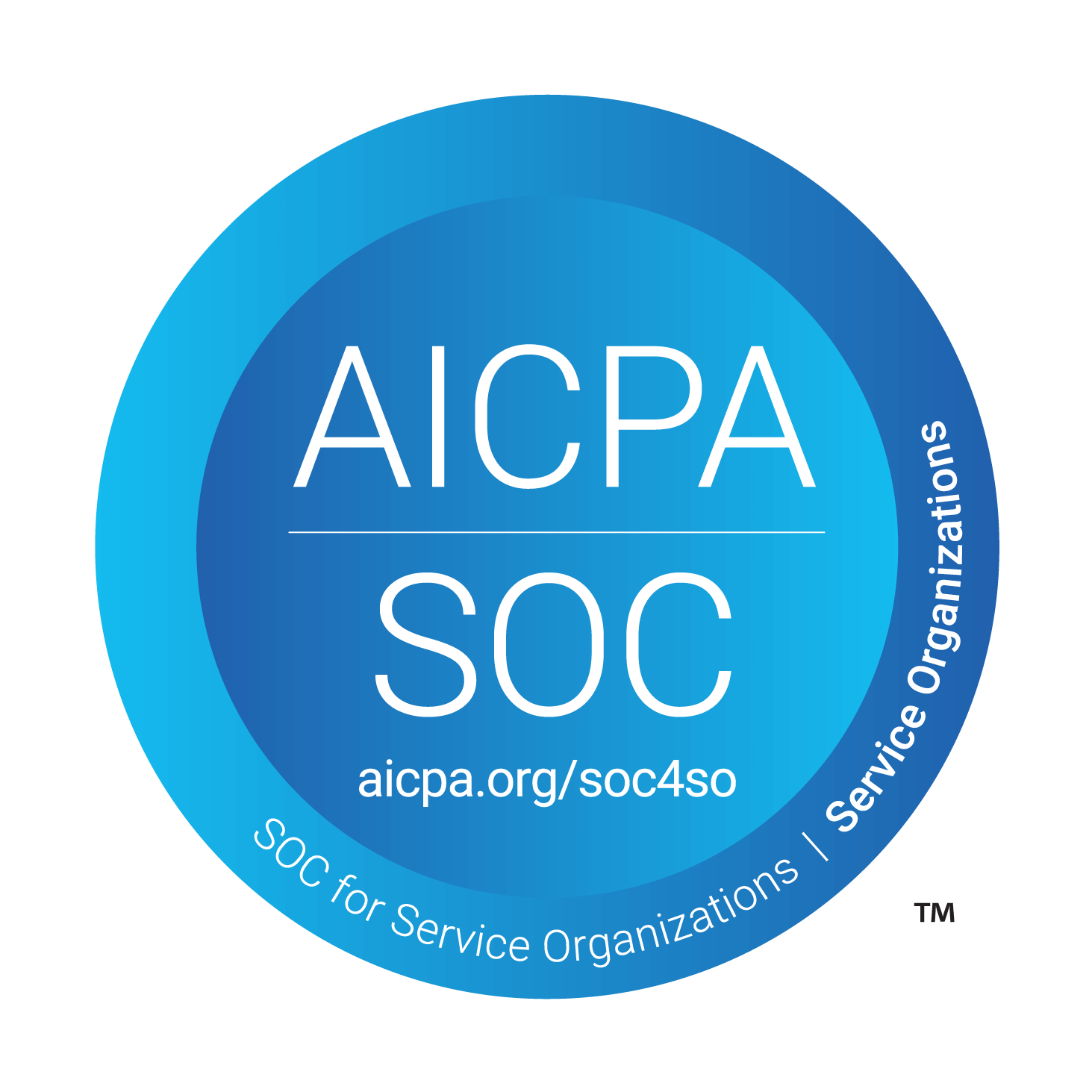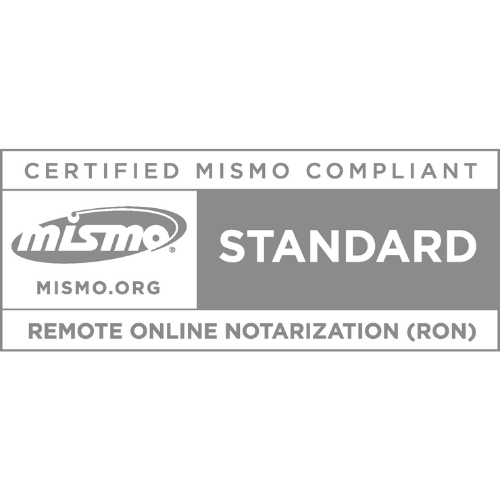Disclaimer: This blog post is for informational purposes only and does not constitute legal advice. Please consult an attorney for guidance on specific laws regarding Remote Online Notarization (RON), digital signatures, and related legal matters. As laws concerning RON and notarization are subject to frequent changes, it is advisable to verify current regulations with your local government.
The mortgage landscape has evolved dramatically, and borrowers are increasingly seeking alternatives to full refinancing. With interest rates fluctuating and homeowners looking for ways to reduce monthly payments without the hefty costs of a complete refi, loan recasts and rate modifications have become more popular than ever. Yet many lenders find themselves stuck in outdated processes that frustrate borrowers and drain operational resources.
Enter Remote Online Notarization (RON), a technology that can transform how lenders handle these retention tools. But before diving into the benefits, let’s address the elephant in the room: traditional notarization processes often create more problems than they solve.
What Are Loan Recasts and Rate Modifications?
Before we dive into how RON can help streamline these processes, let’s make sure we’re all familiar with the terminology.
Loan Recasts happen when a borrower makes a large principal payment (usually $5,000 or more) and asks the lender to recalculate their monthly payment based on the new, lower balance. The loan term and interest rate stay the same, but the monthly payment drops because there’s less principal to pay off. It’s popular with borrowers who get windfalls like bonuses, inheritance, or home sale proceeds but want to keep their existing loan terms.
Rate Modifications are when lenders adjust the interest rate on an existing loan, often as part of loss mitigation efforts or customer retention strategies. This might happen when a borrower is experiencing financial hardship, when market rates have dropped significantly, or when a lender wants to prevent a borrower from refinancing elsewhere.
Both options help borrowers reduce their monthly payments without going through the full expense and hassle of refinancing. For lenders, they’re valuable retention tools that can keep borrowers in their portfolio while generating goodwill.
If you want to learn more about how RON specifically helps with FHA loan modifications, check out our first article in this series: Modernizing FHA Loan Modifications with Remote Online Notarization.
The Pain Points That Keep Lenders Up at Night
Anyone who’s worked in loan servicing knows the drill. A borrower requests a recast or rate modification, and suddenly you’re coordinating schedules like a wedding planner. The process often stretches 2-3 weeks, sometimes longer, as you navigate the logistical maze of traditional notarization.
The challenges multiply when borrowers live out of state or have demanding schedules. Mobile notaries may be scarce in certain areas, and scheduling conflicts can push timelines even further. Then there’s the dreaded error scenario where documents need corrections, and you’re back to square one with another round of scheduling and shipping.
For independent mortgage banks (IMBs) and servicers, these delays translate directly to bottom-line impact. Loans sit on warehouse lines longer, tying up capital and increasing carrying costs. The inefficiency can make even successful recasts and modifications feel like pyrrhic victories.
How RON Can Transform Your Recast and Modification Process
Remote Online Notarization offers a different approach, one that may help address many of these traditional pain points while delivering advantages that extend beyond borrower convenience.
Speed That Helps Your Operations
RON can help shorten modification cycle times from the typical 2–3 weeks to as few as 7–10 days in many cases. This acceleration isn’t just about improving the borrower experience—it often supports operational efficiency. When loans can move off warehouse lines sooner, IMBs may improve liquidity while reducing the carrying costs that chip away at margins.
A Borrower Experience That Supports Engagement
Today’s borrowers expect digital convenience across all aspects of their financial lives. RON helps meet these expectations by allowing borrowers to sign documents from anywhere, at any time that fits their schedules. The immediate delivery of completed documents after signing may ease borrower anxiety and provide peace of mind that their modification is progressing.
The transparency piece matters, too. Borrowers can review documents in advance of their signing session, which may help reduce confusion and build trust in the process.
Error Reduction That May Save Time and Money
Mistakes happen. When they do, RON can make corrections less painful. Instead of coordinating another in-person signing, documents can often be re-pulled and corrected digitally, reducing turnaround time. This flexibility may help servicers avoid overnight shipping costs and mobile notary fees that can add up quickly across a loan modification portfolio.
Supporting Loss Mitigation Efforts
For servicers managing distressed loans, timing can be critical. RON may support more timely execution of FHA loan modifications, which can help borrowers avoid additional fees or financial strain while assisting servicers in advancing their loss mitigation strategies. When modifications can be completed more efficiently, the outcomes often improve for both borrowers and investors.
The Financial Impact You Can Measure
Let’s talk numbers. Faster offboarding through RON-enabled processes can reduce float and warehouse costs, which are impacts that flow directly to your bottom line. The improved pull-through rates on modifications and recasts may help you retain customers without the full costs associated with refinancing.
Consider the typical economics: a borrower who completes a recast or modification stays in your servicing portfolio, continues generating servicing income, and avoids the origination costs of a new loan. RON can help ensure more of these transactions reach successful completion.
What This Means for Different Types of Organizations
The beauty of RON is that it can help different types of lenders and servicers, though the specific benefits may vary depending on your business model:
For Community Banks and Credit Unions
You’re probably handling a smaller volume of modifications and recasts, but each one matters more to your bottom line and as a value-add to your member or customer. RON can help you provide a level of service that rivals the big players without the overhead. When your borrowers can complete their modifications as easily as they handle their online banking, you’re delivering an experience that builds real loyalty in your community.
For Independent Mortgage Banks (IMBs)
Your warehouse costs are probably keeping you up at night. Every day a loan sits on your line is money out of your pocket. RON can help you move these transactions faster, which directly impacts your carrying costs and cash flow. Plus, the operational efficiency gains can help you handle more volume without adding staff.
For Large Servicers
You’re dealing with volume that makes every small inefficiency into a major cost center. RON can help you standardize processes across different states (where regulations allow), reduce the chaos of coordinating hundreds of mobile notary appointments, and provide better tracking and reporting for your operations teams.
For Non-Bank and Sub-Servicers
You’re often managing the most challenging loans in the industry. RON can help you move faster on loss mitigation efforts, which can improve your outcomes with investors and reduce the costs associated with prolonged delinquencies. The digital trail also provides better documentation for your reporting requirements.
Example Case Study: How RON Implementation Could Transform Your Process
The following is an example of how RON implementation might work for a typical regional servicer. Let’s consider a hypothetical regional servicer, “ABC Mortgage Services,” managing approximately 15,000 loans, implementing RON for their modification and recast processes. Here’s how the transformation could potentially unfold:
Before RON:
- Average modification timeline: 18-22 days
- 23% of modifications required re-signing due to errors or changes
- Monthly mobile notary costs: $8,500
- Borrower satisfaction scores: 6.2/10
After RON Implementation:
- Average modification timeline: 8-10 days
- Error-related re-signings reduced to 7%
- Monthly notary costs: $1,200
- Borrower satisfaction scores: 8.7/10
“The transformation was immediate,” says Jennifer Martinez, VP of Operations at ABC. “We went from chasing borrowers and coordinating schedules to having them complete signings on their own timeline. The cost savings were significant, but the borrower feedback was even better.”
The company processed 340 modifications and recasts in their first six months with RON, compared to 280 in the previous six months with traditional processes (a 21% increase in volume with the same staffing levels).
Note: This is a hypothetical example created to illustrate potential RON implementation outcomes. Results may vary based on individual circumstances, state regulations, and specific operational factors.
Building Long-Term Relationships Through Digital Convenience
In an industry where borrower retention grows more challenging each year, the experience you provide during modifications and recasts can set you apart. The digital convenience of RON often differentiates lenders in borrowers’ minds, creating positive associations that can strengthen long-term customer relationships.
When borrowers have a smooth, efficient experience with modifications or recasts, they’re more likely to consider you for future lending needs and recommend your services to others. This relationship-building aspect of RON may have value that extends well beyond the immediate transaction.
Moving Forward with RON
The technology exists to transform your recast and modification processes, making them faster and more borrower-friendly. RON can help lenders modernize these critical retention tools while potentially improving operational efficiency and borrower satisfaction.
Important Note: RON laws and regulations vary significantly from state to state. Requirements for notarization, document retention, technology standards, and borrower authentication can differ substantially across jurisdictions. Before implementing RON for recasts and modifications, consult with qualified legal counsel familiar with the specific requirements in your operating states to ensure compliance with all applicable regulations, including negotiable instruments laws and whether e-signatures may be used on certain documents (like traditional promissory notes).
For IMBs and servicers looking to enhance their retention and loss mitigation strategies, RON represents an opportunity to modernize processes that have remained largely unchanged for decades. The question isn’t whether digital transformation will come to mortgage servicing; it’s whether you’ll lead the change or follow it.
Consider evaluating RON as part of your broader operational strategy. The borrowers who benefit from faster, more convenient modification and recast processes today may become your most loyal customers tomorrow.







 Your Privacy Choices
Your Privacy Choices


